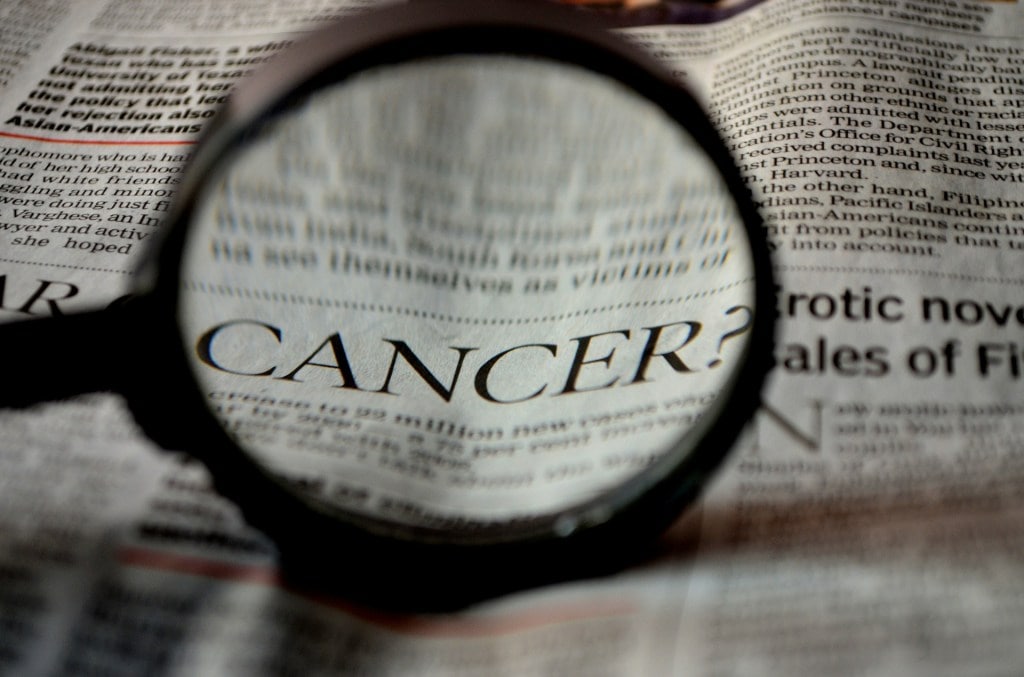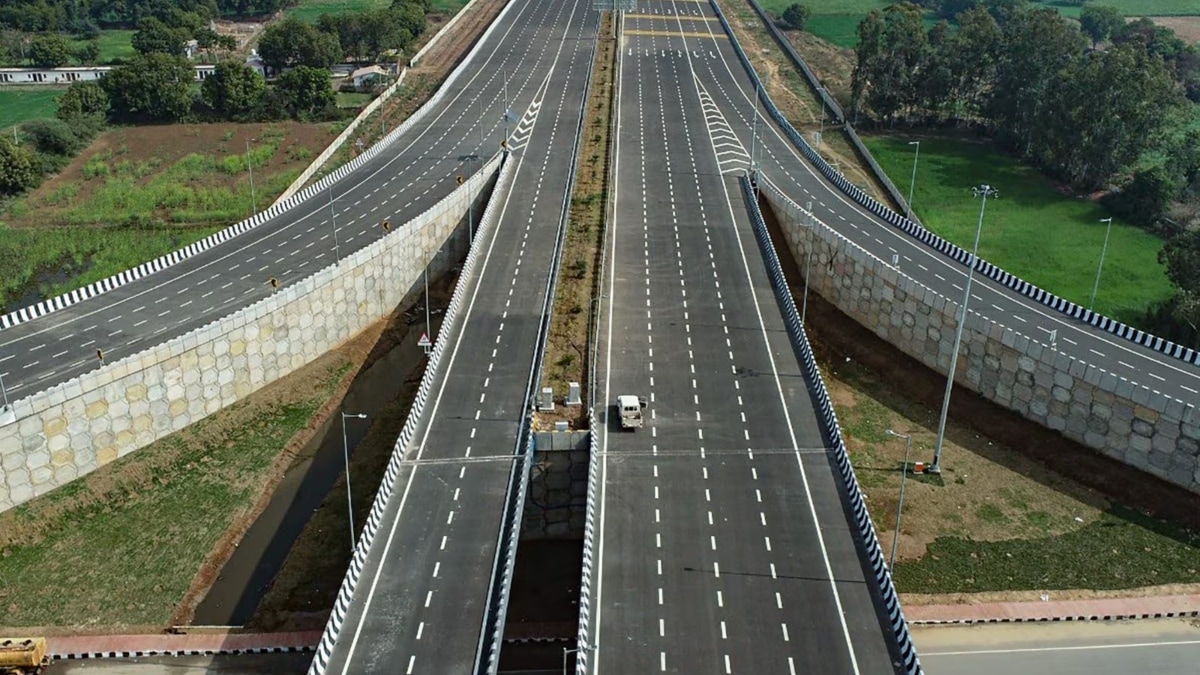By Rajib Dasgupta
The International Agency for Research on Cancer (IARC) released the current estimates of the global burden of cancer on 1 February 2024. An estimated 20 million new cancer cases and 9.7 million deaths occurred in 2022. 53.5 million persons are estimated to be currently alive who were diagnosed with cancer in the last five years. As per current projections, about 1 in 5 people develop cancer in their lifetime while approximately 1 in 9 men and 1 in 12 women die from the disease.
The IARC’s Global Cancer Observatory data revealed that 10 types of cancer collectively comprised around two-thirds of new cases and deaths globally in 2022. Lung cancer was the commonest globally. Female breast cancer ranked second followed by colorectal cancer, prostate cancer, and stomach cancer. Prostate and colorectal cancers were the second and third most commonly occurring cancers among men, while liver and colorectal cancers were the second and third most common causes of cancer deaths. For women, lung and colorectal cancer were second and third for both the number of new cases and of deaths.
Cervical cancer was the eighth most commonly occurring cancer globally and the ninth leading cause of cancer death. It is the most common cancer among women in 25 countries. The World Health Assembly adopted the Cervical Cancer Elimination Imitative in 2000. This entails 90-70-90 targets by 2030 — 90% of girls fully vaccinated with the HPV vaccine by the age of 15; 70% of women screened using a high-performance test by the age of 35, and again by the age of 45; and 90% of women with pre-cancer treated and 90% of women with invasive cancer managed. In sync with the global goals, the union Finance Minister announced in her interim budget speech: “Our government will encourage vaccination for girls in the age group of 9 to 14 years for prevention of cervical cancer.”.
Data from India’s population-based registries under National Cancer Registry Programme indicate that cancers namely those of oral and lungs in males, and cervix and breast in females account for over five percent of all cancer deaths in India; 40 percent of the cancers in the country are related to tobacco use. Despite the burgeoning burden of cancer cases, the silver lining is the sustained efforts made by successive governments to provisioning of infrastructure and easing the cost of treatments.
Though according to the National Health Accounts Estimates for India (2019-20) share of Out-of-Pocket Expenditure (OOPE) in Total Health Expenditure declined from 62.6% in 2014-15 to 47.1% in 2019-20, the financial burden associated with cancer remains high as OOPE expenditure on cancer hospitalisation is about 2.5 times of overall average hospitalisation expenditure. This can force patients and households to acute misery and even insolvency. Access to safe, effective, quality, and affordable essential medicines is therefore an urgent imperative.
The medicines listed in the National List of Essential Medicines (NLEM) are those essential medicines, which satisfy the priority health care needs of the population. NLEM is expected to result in better quality of medical care, better management of medicines and cost-effective use of health care resources. The drugs listed in NLEM are considered as scheduled drugs under Drugs Price Control Order (DPCO) and their prices are regulated by fixing their ceiling prices by National Pharmaceutical Pricing Authority (NPPA) to ensure affordability.
India’s first NLEM was prepared in 1996. Subsequently, the list has been revised in 2003, 2011, 2015 and 2022.The NLEM 2022 contains 384 medicines as compared to 376 in NLEM 2015 and the second maximum numbers of medicines are in anti-cancer agent’s therapeutic category including Immunosuppressive and Medicines used in Palliative care after anti-infective therapeutic category. The Standing National Committee on Medicines (SNCM) which finalised the NLEM, 2022 in a series of meetings, with oncology and related experts from across the country and stakeholders, agreed on the following criteria to be considered while discussing inclusion of the anticancer drugs in NLEM: (i) unequivocal proof of benefit versus previous comparator; (ii) higher priority to drugs that have the potential to cure a fraction of patients versus those that have been proven to only prolong lives in metastatic settings; and, (iii) marginal advantage in limited number of patients.
The number of anti-cancer medicines has increased from 40 in NLEM, 2011 to 63 in NLEM, 2022. Certain drugs like, Bendamustinehydrochloride, Irinotecan HCl Trihydrate, Lenalidomide that have been included in NLEM, 2022 are on account of these having cure rates of more than 90% for certain cancers even though the incidence of some cancers may be low. The ceiling price for these drugs have been fixed for the first time under NLEM, 2022 and average MRP reduced by 14 percent, 55 percent, and 40 percent respectively. For medicines that were also part of NLEM 2015, reduction in ceiling price is recorded up to 65.65%.
Having expanded the coverage of anti-cancer drugs under NLEM, 2022, the government is striving to make them affordable. Fixation of prices of anti-cancer formulations under NLEM, 2022 has resulted in the reduction of around 22.69 percent in ceiling prices that translate to an annual savings of about ₹ 293 crores to the patients.
In addition, the National Pharmaceutical Pricing Authority (NPPA) in February 2019 put a cap of 30% Trade Margin on 42 selected non-scheduled anti-cancer medicines under Trade Margin Rationalisation (TMR) approach. As per data submitted by manufacturers, the maximum retail price (MRP) for 526 brands have been reduced by up to 90 percent. For example, the price of Birolitib brand tablets (10’s pack) of Erlotinib 150mg medicine which earlier was ₹ 9,999/- per 10 tablets pack has reduced to ₹ 892/- per 10 tablet pack (reduction of 90%) and similarly price Pemestar 500 brand injection of Pemetrexed medicine which was earlier ₹ 25,400 per injection has reduced to ₹ 2,509 per injection (reduction of 90%) after rationalisation of trade margins. These have resulted in an estimated annual savings of around Rs. 984 crores to the patients.
The National Cancer Control Program (NCCP) was launched in 1975 and subsequently revised during 1984-85 when the stress shifted to primary prevention and early detection of cancer. The 75th assembly of the United Nations called for realisation of ‘people centred care’ for NCDs, towards addressing the existing inequities and maximising social impact. Currently, screening of cancer has been prioritised through the Ayushman Bharat Health and Wellness Centres (AB-HWCs) and provision of surgical, chemotherapy and radiotherapy packages through the Pradhan Mantri Jan Arogya Yojana.
Driven by an ageing population and a complex interplay of social determinants, a 77% increase in new cancer cases has been forecast, from 20 million in 2022 to 35 million in 2050. Worryingly, the global WHO survey on Universal Health Coverage (UHC) and cancer shows that only 39% of participating countries covered the basics of cancer management as part of their financed core health services for all citizens ‘health benefit packages’ (HBP). Only 28% of participating countries additionally covered care for people who require palliative care, including pain relief in general, and not just linked to cancer.
Making treatment affordable is an important step forward. Increasing accessibility to healthcare through the financial protection of socio-economically vulnerable groups from cancer treatment related health shocks is the big-ticket challenge.
Dr. Rajib Dasgupta is Professor (Community Health), Jawaharlal Nehru University, New Delhi and Editor, Indian Journal of Public Health. Views expressed are personal and do not reflect the official position or policy of the FinancialExpress.com.)







